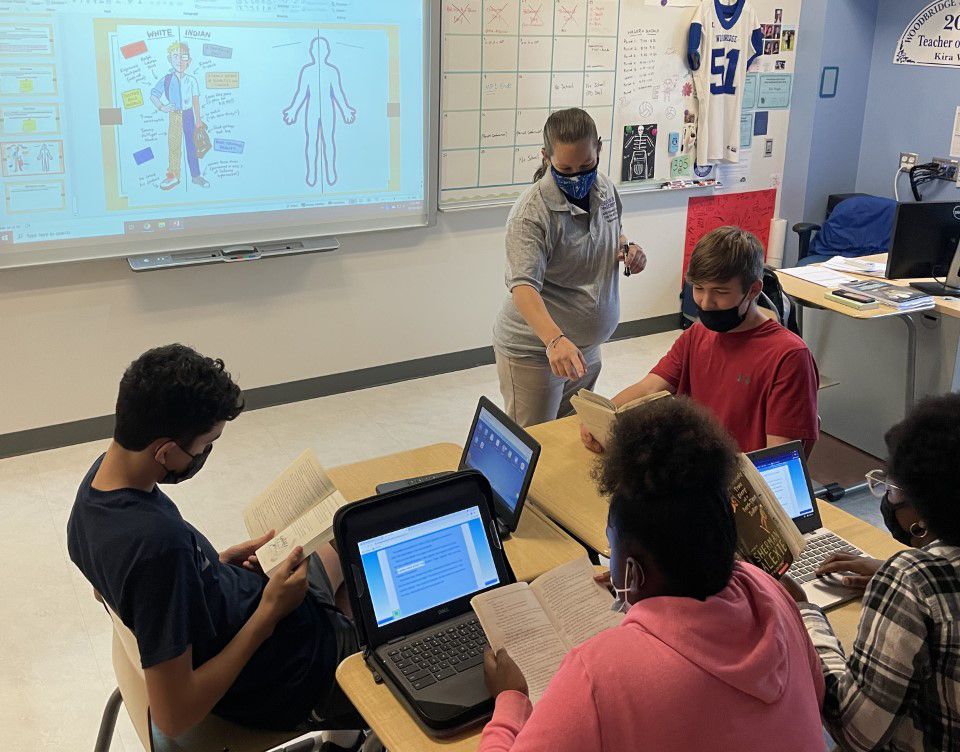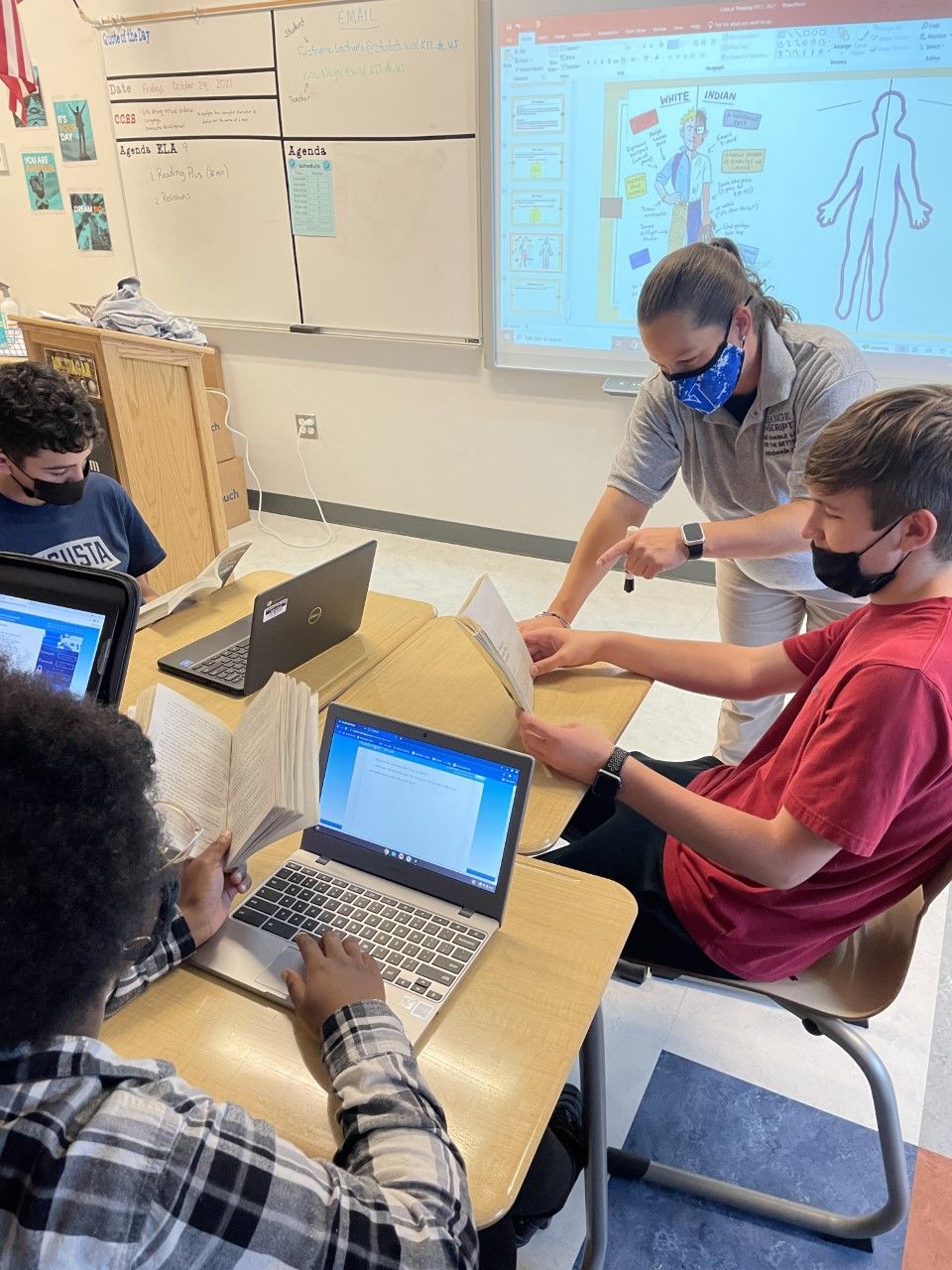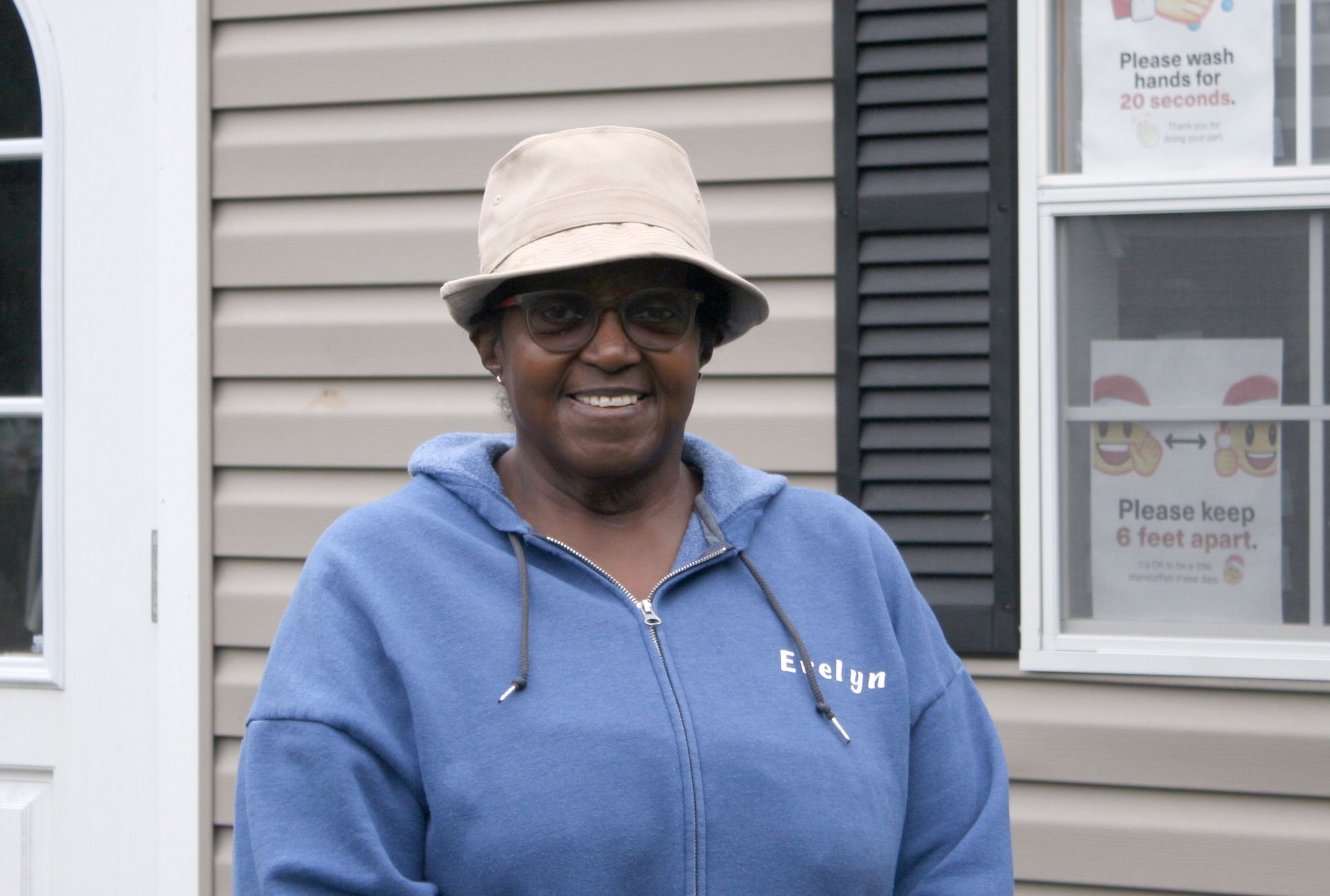Help wanted: Why a teacher shortage has gotten worse

Stuck at home with kids and helping them do virtual school during the pandemic, many parents came to a new appreciation for what teachers do.
The people in charge of hiring teachers in Delaware appreciate them too, but they have a problem. For years now they’ve been having real trouble finding as many teachers as they need to fill open positions, especially for roles like teaching math, science and special education. And leaders in multiple local districts affirm that the problem has gotten worse.
It mirrors a national trend.
“The most important thing we do is put a quality teacher in that classroom,” Woodbridge Superintendent Heath Chasanov said. “... And if we can’t ensure that there’s a pool of candidates willing to do that, students are ultimately going to suffer.”
“It used to be, you’d go to a recruitment fair, or you’d post a position for an elementary teacher, you might have one opening and you’d get 300 applicants,” Jason Cameron, human resources director for Seaford School District, said.
“It has progressively gotten more difficult just to find the positions that we used to be able to fill much easier.”
That’s not just a Seaford issue, he said, “it’s up and down the state.” Cameron is president of the Delaware Association of School Personnel Administrators, so he’s in a good position to hear from other districts. At one recent meeting, he said, 13 of the 18 school districts who were represented had an opening for a math teacher.
A big part of Woodbridge Assistant Superintendent Derek Prillaman’s job, he said, is recruiting and hiring. “The pool of candidates, especially at the secondary level, is getting very, very sparse.”
In Lake Forest School District as of last week there were seven teaching vacancies, Superintendent Steven Lucas said, along with a number of other vacancies for paraprofessionals, who support teachers in their work.
Sign up for more local stories like this
What's going on?
It would be easy to blame COVID for this — after all, it’s the biggest shakeup to our lives in a long time and it gets the blame for shortages of everything from bicycles to ketchup. But educational leaders say not so fast: The pandemic certainly hasn’t helped, but so far they see the main causes of the teacher shortage elsewhere.
They listed issues like pay, an aging teaching staff, the struggle to find good day care and the rising costs of college as all contributing to the problem, along with fewer candidates who want to teach in Delaware.
An October article in Education Week highlighted the nationwide nature of what it framed as a worsening problem. “Subpar wages, minimal benefits, tough work environments, onerous pandemic protocols, pressing health concerns, contentious political disputes, and a broader trend of disruption in the American labor market are among the factors shaping this year’s K-12 chaos,” Mark Lieberman reported.
While the issues were already there, Lucas said if COVID has had an impact on anything it’s the burden on staff. “We’re kind of short staffed … but then the staff that we do have is affected by absences due to COVID.”
The situation adds up to a perfect storm, according to Jackie Wilson, who teaches education at the University of Delaware and before that worked for years in K-12 teaching. As part of her job Wilson works to provide training for educators around the state and she’s in schools frequently.
Many teachers from the Baby Boomer generation have reached retirement age, Wilson said, and when COVID hit, some of them decided to retire early, another example of the pandemic taking an existing issue and making it more challenging.
“We have long in our profession (known) that this day was going to come,” Lucas said, “because like a lot of other professional businesses, we have an aging workforce … a lot of teachers were hired in the 70s and 80s, and those teachers are coming up on retirement.” He called the lack of replacements a crisis.
Teaching is a tough job, and high school students (who could be future teachers) see the wear and tear on teachers first hand, Chasanov said. Cameron agreed. “I do think that what some students in high school see is how hard teachers work and how tired they are. And I think that goes into the decision as well.”
And for that job, teachers don’t get as much pay as other industries.
“It’s tough to keep up with, especially like the technology sector, which pays extremely well,” Lucas said.
About The Delaware Independent: Why we exist
Someone who loves biology can go to school for four years and choose between teaching or another career, Cameron said. If they choose teaching, they’ll start out at $40,000 to $45,000, whereas they can make much more than that in the private sector.
Couple that with the rising costs of a college education. “If you don’t have a scholarship, it’s a lot of money to certain people … you’ll be paying student loans for many, many years to come,” Prillaman said.
“You don’t even have to have a degree in some cases to make a really good salary,” Lucas said, whereas teacher candidates have to go to school for at least four years to even get started.

The perception among school administrators is also that there are fewer students going into the education field than before, leaving fewer people to meet demand, which Prillaman pointed out has only gone up with federal money coming in for more positions.
At the University of Delaware, enrollment numbers in the education department have actually stayed steady or increased slightly over the past few years, according to statistics provided by the university. But Cameron said, “I think pretty much every university that we go to tells us that they’re down on their education division (enrollment), which then causes them to not offer some majors.”
The nationwide teacher preparation numbers do seem to be in decline, on average, in recent years. Inside Higher Ed reported in 2020 that “82,621 students graduated with four-year degrees in education in 2018, according to the National Center for Education Statistics, compared to 102,849 in 2008.” That’s a significant drop, although there are alternate routes into the education field than bachelor’s degrees.
Regardless of the number of students, the supply of candidates at job fairs is drying up, according to Delaware recruiters.
"The state doesn’t produce enough teachers in state for us to staff our buildings,” Cameron said. “So we’ve always been an importer of teachers, and we have hit Maryland hard. We’ve hit Pennsylvania hard. And it was great because there were more teachers in Maryland, Pennsylvania than they had jobs for, so folks moved here.”
Now, Pennsylvania is using up its own supply, Delaware administrators say.
“We were seeing less and less candidates at all these recruiting fairs, and each year was getting worse,” Cameron said. People running the fairs tell him they just aren’t getting the same number of people applying for education positions.
On top of all this, many teachers are working mothers who are impacted by day care shortages, Wilson said.
Oh, and we’re not quite done piling on yet. Aside from recruiting hurdles, the perception of teaching has also taken a hit lately, Chasanov said, and isn’t held up like it was in the past.
He noted that teachers come under fire online. “In the past, if somebody had an issue with a teacher, they would have a conversation. Nowadays, the first thing some people do is go right to social media.”
Educators need to do a better job talking about and celebrating the good things in schools, he said. “Too many times what you read about schools is negative.”
That includes some perceptions about the safety of schools. Chasanov pointed to national stories about school shootings, and argued that the perceptions are not justified, especially with the added precautions schools have taken.
“Schools are safer than almost anywhere else you go in public,” he said.
A lot of other industries are also having trouble with hiring right now. And at schools, that includes not just teachers but staff like custodial workers, cafeteria workers and more indirectly, bus drivers.

How to solve the problem
It’s not likely a complex issue like the teacher shortage will have easy fixes, but educators did offer some ideas on how to get things to a better place.
Local schools are laying the groundwork for future teachers with programs that aim to get students interested in the profession, although those may take years to pay off.
“Really, the mentality that a lot of us are taking in districts is, how do we build our own, because we can’t rely on getting all those teachers from Pennsylvania anymore,” Cameron said.
“We have to do a better job as a K-12 institution of identifying those kids in our buildings who should become teachers,” Chasanov said. That’s started to happen in the state’s schools, but “the programs haven’t been in place long enough where we’re actually getting kids that have gone through our programs.”
There’s also conversation about offering more college education options for students in Delaware who want to get into teaching, and several educators suggested incentives like a scholarship program Maryland offers for students who agree to stay and teach in the state for a certain amount of time.
Wilson also said teachers should get more money.
“We’ve got to make sure we pay people enough. Particularly if they have student loans, when they come out, they can pay off those student loans, and they can buy a house, they can get married, they can pay for child care … let’s incentivize it with pay.”
That’s easier said than done, of course. The state could find the money somewhere to raise the pay, perhaps, or residents could approve referendums to pay more in taxes. That is often a tough sell, and likely an even tougher one for districts that have more poverty.
“You’re asking … an impoverished community to give you more so you can pay your teachers more and so you can only go so far on that,” Cameron said.
Beyond pay, once teachers get into the profession they need support, Wilson said, like mentoring programs and investment from veterans.
“Let’s create working conditions where when we hire these new teachers, we wrap back services around with mentoring, coaching, making sure principals are providing them the supports they need to be successful in those first two or three years,” she said.
And while some feel a negative perception of teaching can reduce interest, Wilson speculated that a high regard for teaching is actually drawing students to the profession at UD. They are worried about the world they live in and want to help make it better, she said.
“They tend to want to know that they’re going to be in jobs that are going to have an impact on this country,” she said.
Wilson is a believer in the importance of teaching as a job, saying she’s loved her 45 years in a rewarding and marvelous profession.
“Teaching is a great profession,” Lucas said. “And I think it’s unfortunately overlooked by a lot of young people as an opportunity … I think more people should think about doing it.”
The pendulum could swing again
There’s a degree of hope in the way job supply and demand moves in cycles, and some of those who weighed in for this article pointed to that trend, saying when they first tried to break into the field they had a hard time getting a job. Cameron said it could be hard to even get a substitute job at one point.
Wilson remembered when there was a similar conversation about a shortage of nurses in the past, but incentives like more pay were offered and now so many people are going into nursing that there’s a waiting list to get into some nursing programs.
“We have faced shortages in many professions,” Wilson said. “And we’ve always been able to solve them just by being a little bit creative. And I don’t think this is any different.”
More stories:


